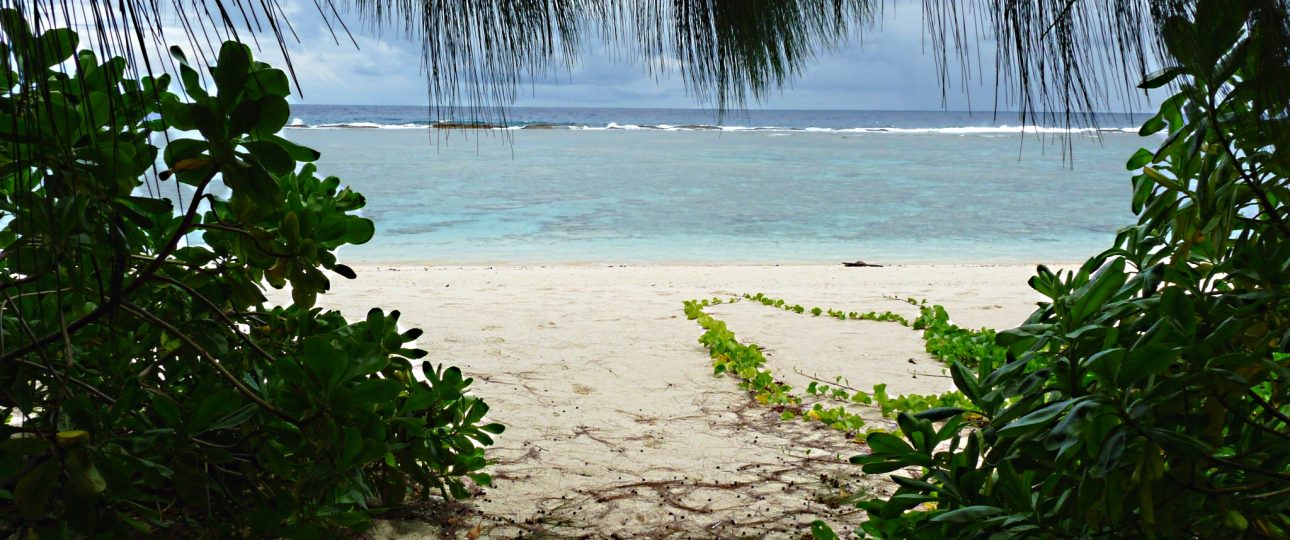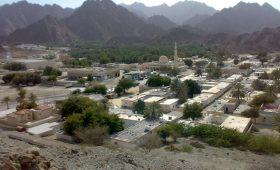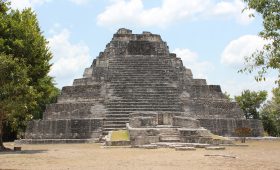Exploring Ritidian Point: Guam’s Coastal Treasure
Ritidian Point, located at the northernmost tip of Guam, is a place where natural beauty and cultural history converge. Known for its powdery white sand and sparkling waters, this area is more than just a beach destination. It is part of the 1,203-acre Guam National Wildlife Refuge, a sanctuary for endangered species like the Marianas fruit bats and crows, as well as a site rich with remnants of ancient Chamorro culture.
Discovering the Wildlife Refuge
The Guam National Wildlife Refuge offers well-maintained trails that are open and free to the public. For those interested in a deeper understanding of the area’s archaeological significance, guided tours can be arranged by calling the refuge at 671-355-5096. However, if you prefer to explore at your own pace, the trails provide an opportunity to stumble upon history independently.
Trail Adventures
All trailheads are accessible from the main parking lot, but for a more adventurous route, follow the beach road through the jungle to the southern point of the refuge. Here, you’ll find an alternate trailhead and several shaded pull-outs for cars, offering bonus beach access. The refuge features three trails: the 1.25-mile Nature Trail, the 0.75-mile Latte Loop, and the 0.5-mile Ritidian Caves Trail. These trails are family-friendly, with even grades and plenty of shade, making them suitable for young children. Benches are available for rest stops, and visitors should be cautious of slick ground and roots after rain.
Embracing the Natural Surroundings
To avoid the heat and humidity, it’s best to visit early in the morning when the air is cooler and mosquitoes are less active. This timing also allows for a more serene experience, away from the crowds. Unlike the bustling beaches of Tumon, Ritidian offers a tranquil escape.
Flora and Fauna
The Nature Trail meanders through a dense coconut grove, a nod to Ritidian’s plantation past. Keep an eye out for geckos, toads, and if you’re lucky, a monitor lizard. Near the beach, you’ll encounter blue-banded king crow butterflies, unique to the Marianas Islands and Palau, with their distinctive blue-dotted wings.
Historical Insights
Beyond its natural allure, Ritidian Point is steeped in history. The Latte Loop Trail guides visitors past preserved latte stones, ancient Chamorro pillars that supported traditional houses. You’ll also find a depression marking a centuries-old Spanish stone well, all set against the backdrop of towering limestone cliffs.
Beach Safety and Practical Tips
The beach at Ritidian is expansive and offers plenty of spots to escape the sun. However, be cautious of rip currents, which can be hazardous for beginners and children. It’s advisable to wear aqua shoes to protect your feet from sharp coral and rocks. While the sea can be rough, the water is remarkably clear, offering excellent visibility for snorkeling.
During my visit in December, I found the roads to be well-paved, contrary to earlier reports of poor conditions. The beach had moderate waves, suitable for wading up to the waist. Remember to bring your own towels and water, as there are no showers on-site. If you’re renting a car, Ritidian Point is a worthwhile addition to your itinerary.




